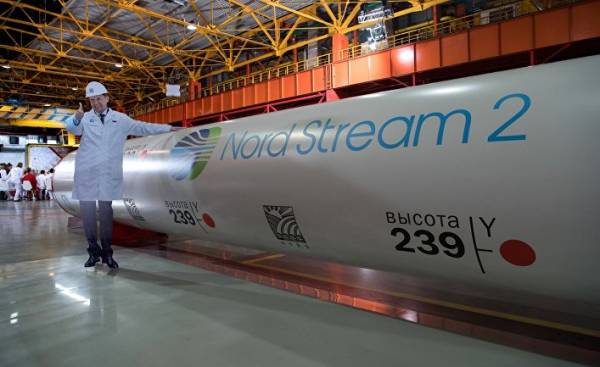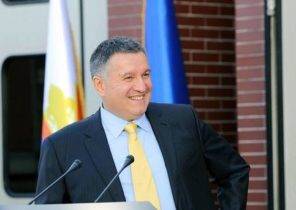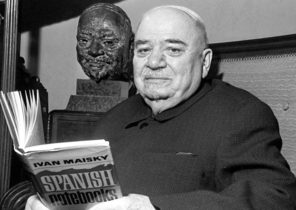
Cursed and praised, frequently mentioned in the media the project “Northern stream–2” continues. New track for 55 billion cubic meters of natural gas will be built according to the original plan, and through this pipeline gas will start flowing from Russia to the EU from 2020.
In a modified form, Gazprom remains one hundred percent shareholder of the project, and 50% of funding is provided by the power players and long-time trading partners of Gazprom: Uniper (formerly Eon), Wintershall, Shell, OMV and Engie (former Suez&Gaz de France). Partners provide about 4.7 billion euros in the form of loans, guarantees or other financial instruments.
Amazing news? Only for those who are not interested in energy or deliberately downplays the strategic importance of Gazprom to the European energy security.
Despite the fact that the cheapest energy is that which is supplied by the existing pipeline, strategic interests prevailed. Gazprom and its European partners provide part of the current contracted gas volumes to the European Union, and will continue to do so, including, thanks to a new highway crossing the North sea to Germany. Moscow chuckles, Kyiv frowns, and the Visegrad four?
As far as the Visegrad four are included in the game?
Played an interesting game. In March 2017, Gazprom bought at auction for nearly 90% of existing vacant and planned for a future cross-border UGS facilities for the transit of gas from Germany through the Czech Republic and Slovakia to Austria, from where gas will continue to go to Italy.
Time will tell how the gas will be imported Hungarians. In addition to the traditional ways of the East, they have the opportunity to get it from Austria or Slovakia for a newly built pipeline. That is, Hungary has a choice between the West and the North. And it proves once again that in Europe, to reshape the gas cards.
Czech Net4gas and Slovak pipeline Eustream has revised its transit contracts so to be able to adapt to the new requirements of Gazprom and to ensure maximum revenue from transit in the “new transit railway”. As far as possible, we will be able to judge by what receive dividends from Eustream company Slovenský plynárenský priemysel after 2020. Anyway success can be considered an extension of the transit contract for the period after 2028, perhaps until 2050, in the form of a master contract.
Gas from the West
The good news is that approximately 50% of gas consumption in Slovakia will come from the West, so winter is no longer have to worry whether Ukraine’s gas in storage to support a transit to Europe. Another 50% of gas to Slovak consumers today do supply other suppliers from the West.
Recorded volumes of “the new transit West” Eustream will provide a solid base in the future, the company will be able to occupy a prominent place on the gas map of Europe.
And if “Energy and industry holding” (EPH) will convince the Russians that the Eastring pipeline connecting the Balkans with Eustream, is of strategic importance, then Slovakia could become one of the most important and most liquid gas hubs in Europe.
This leaves open the question of transit costs after 2020 and how it will affect prices for end customers in Slovakia. Given the expected oversupply on the European market due to continued warming, support of renewable energy, rationalization of consumption and new volumes of LNG, the gas price will stay low and this will help to support the energy market the demand for gas among consumers.
The author, CEO of the energy company MET Slovakia.







